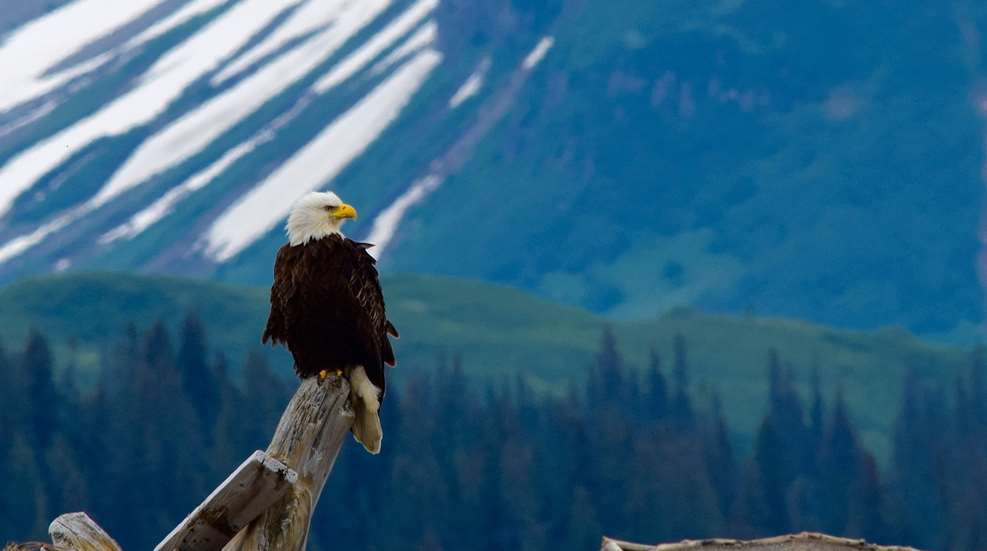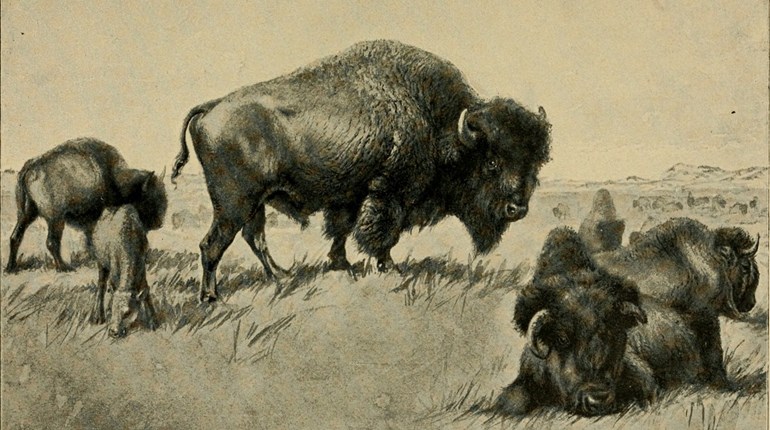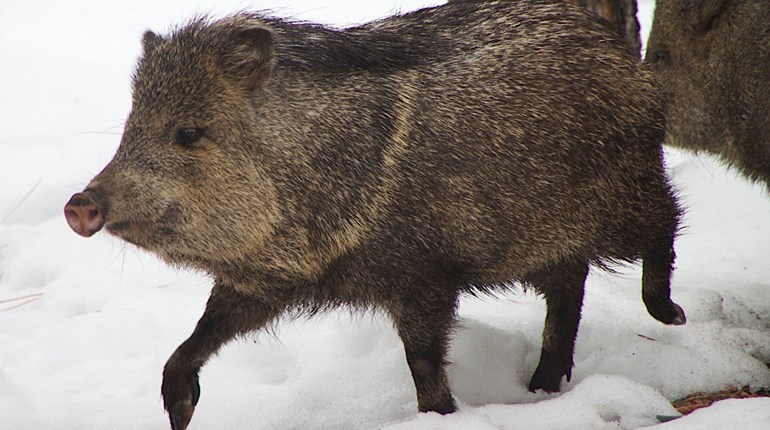
Today, we're presenting a fascinating excerpt from the NRA Hunters' Leadership Forum's new book, How to Talk About Hunting.
Hunters are collectively one of the most important sources of funding for wildlife conservation in the united States. Through licenses, fees, excise taxes and private donations, hunters contribute an estimated $1.6 billion annually for conservation programs and efforts. This funding is responsible for saving many wildlife species, including the gray wolf, peregrine falcon, California condor and Canada goose. Many people are also aware of the recovery of the bald eagle, a much-celebrated success. Perhaps less well-known but no less important, however, is the recovery of wild turkey in the U.S. And hunters played a large role in making these recoveries possible.
Both the bald eagle and the wild turkey are prominent figures in the American psyche as emblems of the strength and abundance inherent in our country. In the first half of the 20th century, the bald eagle population declined and was facing extinction. While bald eagles were once very common in the U.S., an estimated 412 mating pairs were left in the contiguous U.S. by the 1960s. The primary contributing factors to the population decline were habitat destruction and degradation, use of pesticides (particularly DDT, which made female eagles sterile or caused thinning of the egg shells, preventing hatching), and illegal shooting.
Federal efforts to restore the bald eagle included the Bald and Golden Eagle Protection Act of 1940, the banning of DDT in 1972 and the Endangered Species Act of 1973. In June 2007, the bald eagle was removed from the list of threatened and endangered species, and there are now another 15,000 breeding pairs in the contiguous U.S. and another 30,000 individual eagles in Alaska. During recovery, state fish and wildlife agencies were intricately involved in the conservation efforts, such as habitat restoration and protection, as well as relocating and breeding eagles. Funds for those efforts came from hunters, largely through hunting license fees and the Federal Aid in Wildlife Restoration program.
Much like the bald eagle, wild turkey populations were abundant early in the history of our nation, providing an important food source for Native Americans and early settlers. Hunting pressure and habitat loss, as well as too much market hunting, negatively impacted wild turkey populations. By the 1920s the wild turkey had disappeared from 18 of the 39 states in which it was originally found. The wild turkey population in America eventually declined to only 30,000 birds nationwide.
Restoration efforts began in the 1930s, with state fish and wildlife commissions and agencies dedicating resources to research and efforts in the field. Although initial efforts at releasing pen-raised birds did not prove successful, eventually relocation of wild turkeys into suitable habitat led the way. Today, thriving wild turkey populations can be found in 49 U.S. states (as well as in Canada and Mexico), with an estimated population of 6 to 7 million turkeys. Conservation efforts, again, were large funded by hunters and sportsmen's dollars through license fees and the Federal Aid in Wildlife Restoration program.
Would you like to know more about how hunting saves species ... or how you can get involved? Visit the Hunters' Leadership Forum site today!















































